Every year, a handful of teachers are evaluated by Carlmont’s administration to help them teach effectively and grow professionally.
Principal Ralph Crame, Administrative Vice Principals Gregg Patner and Grant Steunenberg, and Instructional Vice Principal Jennifer Cho evaluate the teachers based on three of the six standards listed in the California Standards for the Teaching Profession (CSTP), which is part of California’s education code.
“When we sit in the back of the classroom we’re looking at how their practices and some of the strategies that they’re implementing are in alignment with the CSTP,” Crame said.
At the beginning of the year, the teachers meet with an administrator to determine which three standards they will be held accountable for. One is chosen by the teacher, one by the administrator, and one is agreed upon by both.
“What I like to do is look at what goals the teacher has for themselves for that year. Teachers always have goals of how they think they can improve their practice every year,” Crame said. “We talk a little bit about that and I try and align the standards that are chosen with what the goals are for the teacher.”
Throughout the evaluation year, the teacher has three prearranged observations, with meetings before each.
“During the pre-observation meeting, the teacher has to provide some information to the administrator about what the expected outcomes for learning for the students,” Crame said. “What are the specific learning goals? What are the activities that they’re going to do? And how does all of that tie to the standards that we chose and the elements that are within each standard?”
The administrator then sits through one of the classes, recording their observations based on the goals that were set and the standards the teacher is being evaluated on.
Afterward, a post-observation meeting is held, to review the notes the administrator took throughout the class.
“We go over everything we saw and discuss whether they were on track with what they thought they were going to do. We also give suggestions and talk about areas of improvement as well as things they did really well,” Crame said.
In addition to these official prearranged meetings, the administrators occasionally drop in for an informal visit.
“So as I’m walking around, if I go into a teacher’s classroom and I happen to be evaluating, I could use that information in my final assessment of determining whether they are meeting the standards of the teaching profession. If I see something that I think they need to change, I will make sure I talk to them about it. Afterward, I’ll try and go in again to see if that changed or not,” Crame said. “I can then use it as evidence regarding whether or not they are meeting the standard.”
At the end of the year, the notes from all the observations, formal and informal, are accumulated and the teachers are given a final score: they either met the standard or did not.
“If they are marked as satisfactory, they move on a regular evaluation cycle. If they are marked as unsatisfactory where enough areas of improvement are needed to be unsatisfactory, they go on to the yearly evaluation cycle and they get help from somebody that is in the PAR program,” Crame said. “If they get a second year of unsatisfactory they get one final try. So in that third year, if they don’t show that they can meet the standards within 60 or 90 days, they can be recommended for termination.”
The evaluation cycle depends on how long the teacher has been employed. For the first two years of being at Carlmont, the teachers are put on probation and are evaluated every year. If they are tenured, they are evaluated on a biannual basis.
The teacher Peer Assistance Review team (PAR), which is run by the district, works closely with teachers to help them improve professionally, especially if they are struggling to meet standards.
“There are specific teachers that apply and are chosen to be PAR teachers. PAR teachers are ones that have shown exemplary teaching practices and want to help other teachers improve their teaching practice. They apply at the district office. Dr. Jacqueline McEvoy is the assistant superintendent and she oversees that process as well as the selection of the PAR teachers,” Crame said.
Many teachers at Carlmont find the evaluations very useful, and constantly use the feedback to improve their teaching.
“The series of standards that you get evaluated upon truly make you a well-rounded educator. You don’t pay attention to only one aspect. You take care of everything: delivering a good lesson, making sure you have the right learning environment for everybody, you take care of diversity, different learning styles,” said Felix Guzman, a chemistry teacher at Carlmont. “The evaluations are fair and you learn from test scores how to modify your lessons or check on whether it’s necessary to go back and review or emphasize something the current year or following year.”
John Rowe, a math teacher, also agrees that the administrator’s feedback and support have influenced the teaching style of his classes.
“Last year, Ms. Cho gave me some really great advice about how I could help grade the students as they’re testing. So we came up with a little template that’s used to quickly write everyone’s score. It encourages students to be engaged in the presentation by rating the other students and trying to write down things that they pick up from presentations. So she offered some really great insight because she’s seen some other teachers do things like that before,” Rowe said.
With the help of these evaluations, teachers learn where they can improve professionally and how they can benefit the students they are educating.
“I think the administration does a great job,” Rowe said. “They’re all trying to help me do the best job I can teach.”

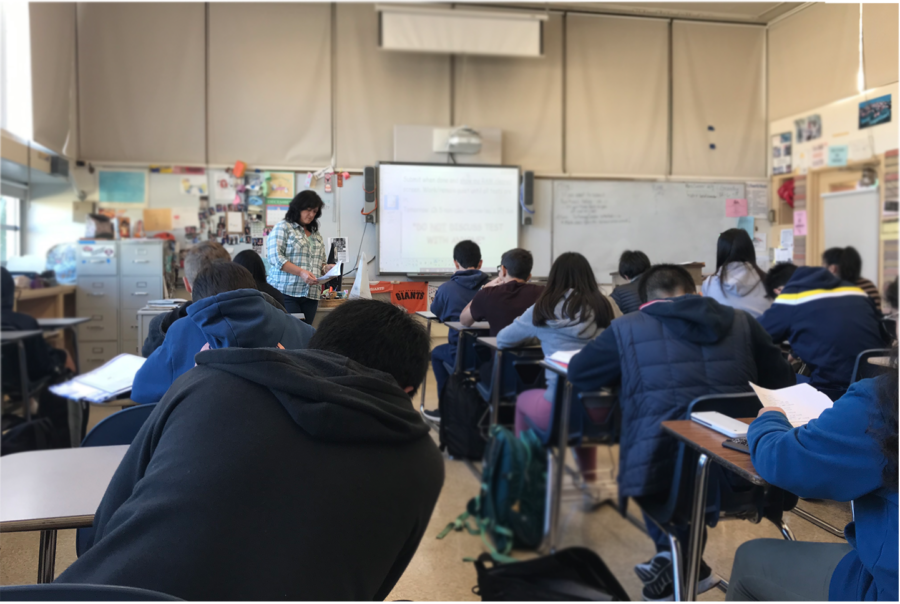
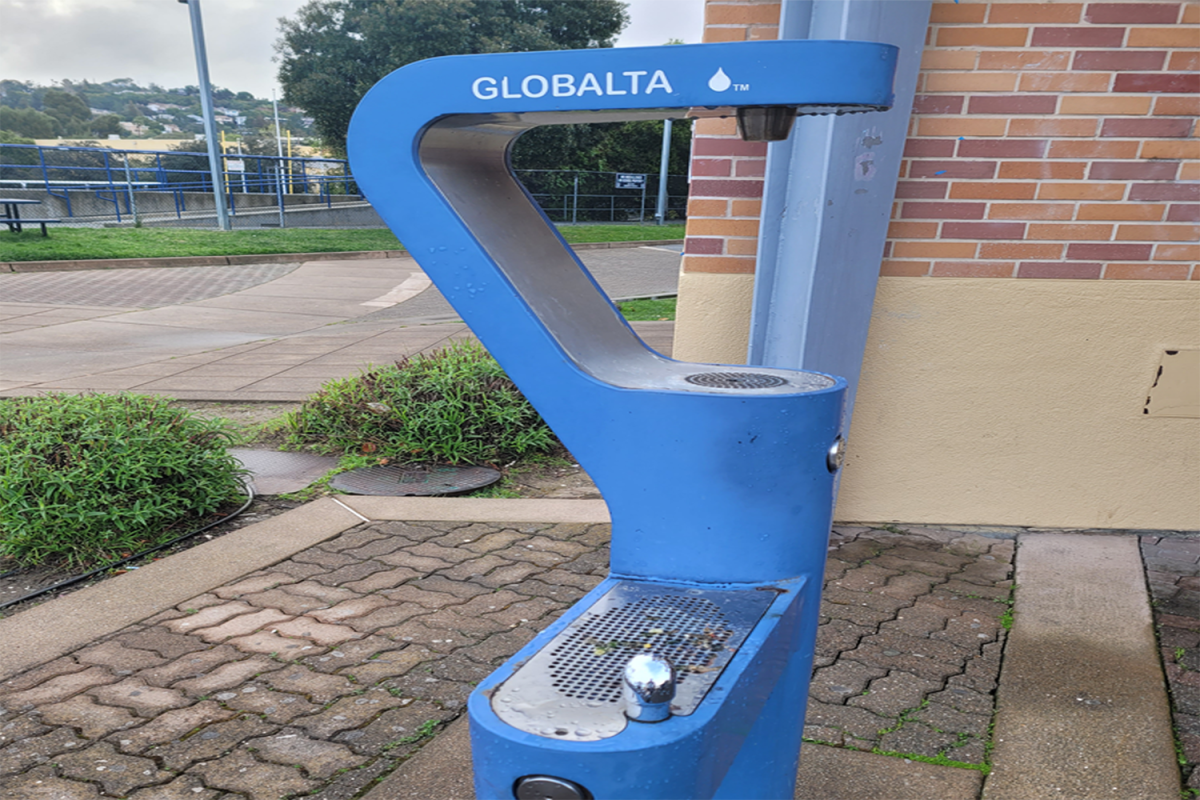

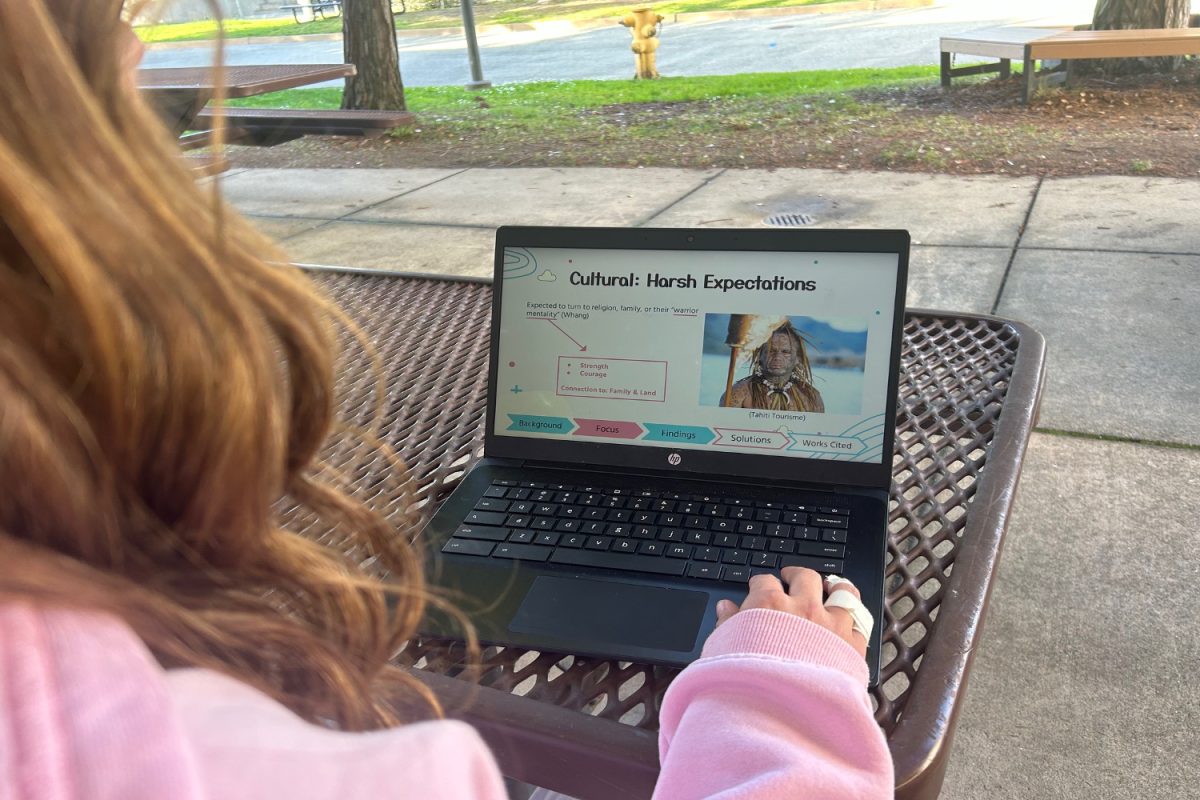
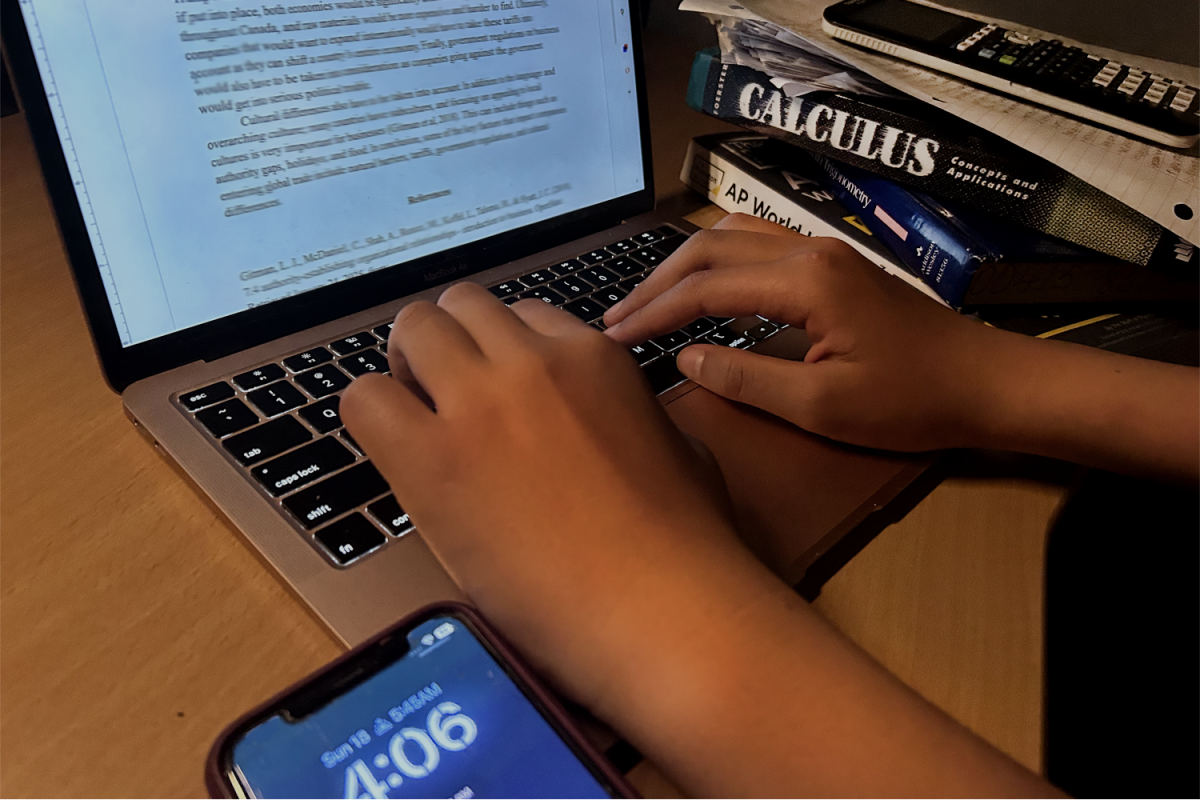
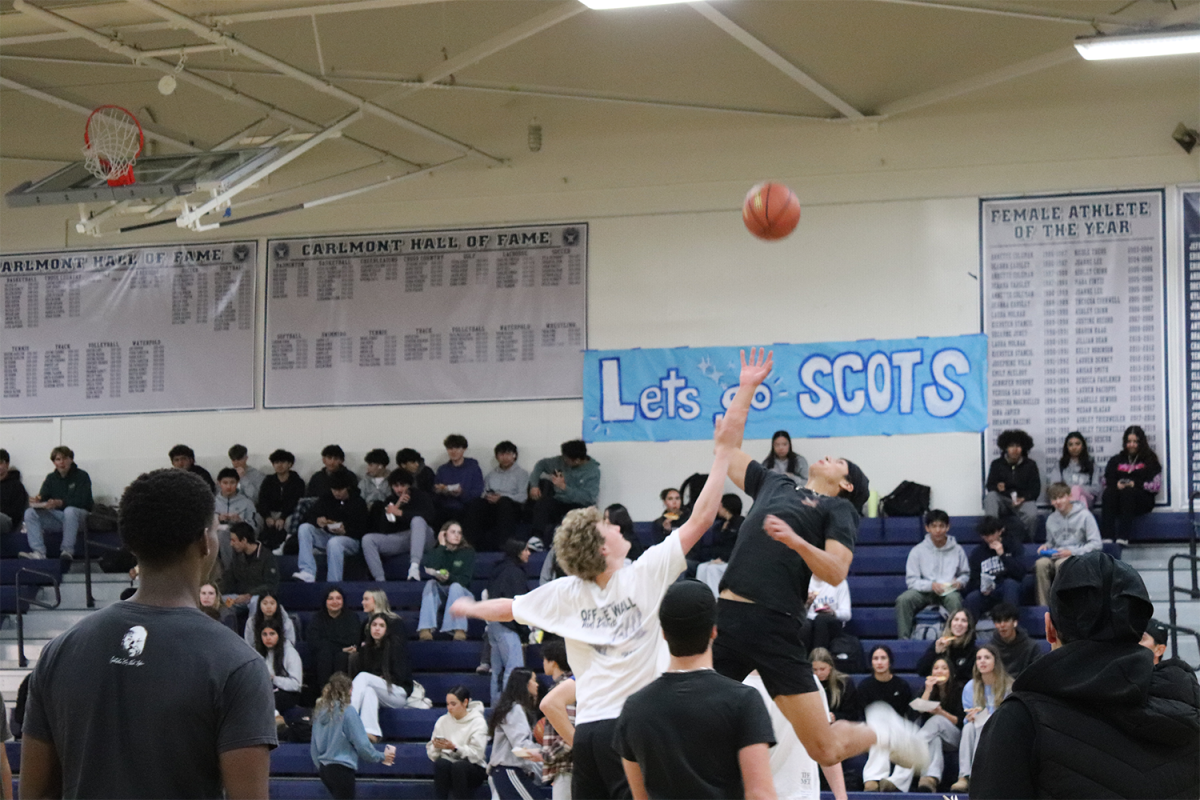


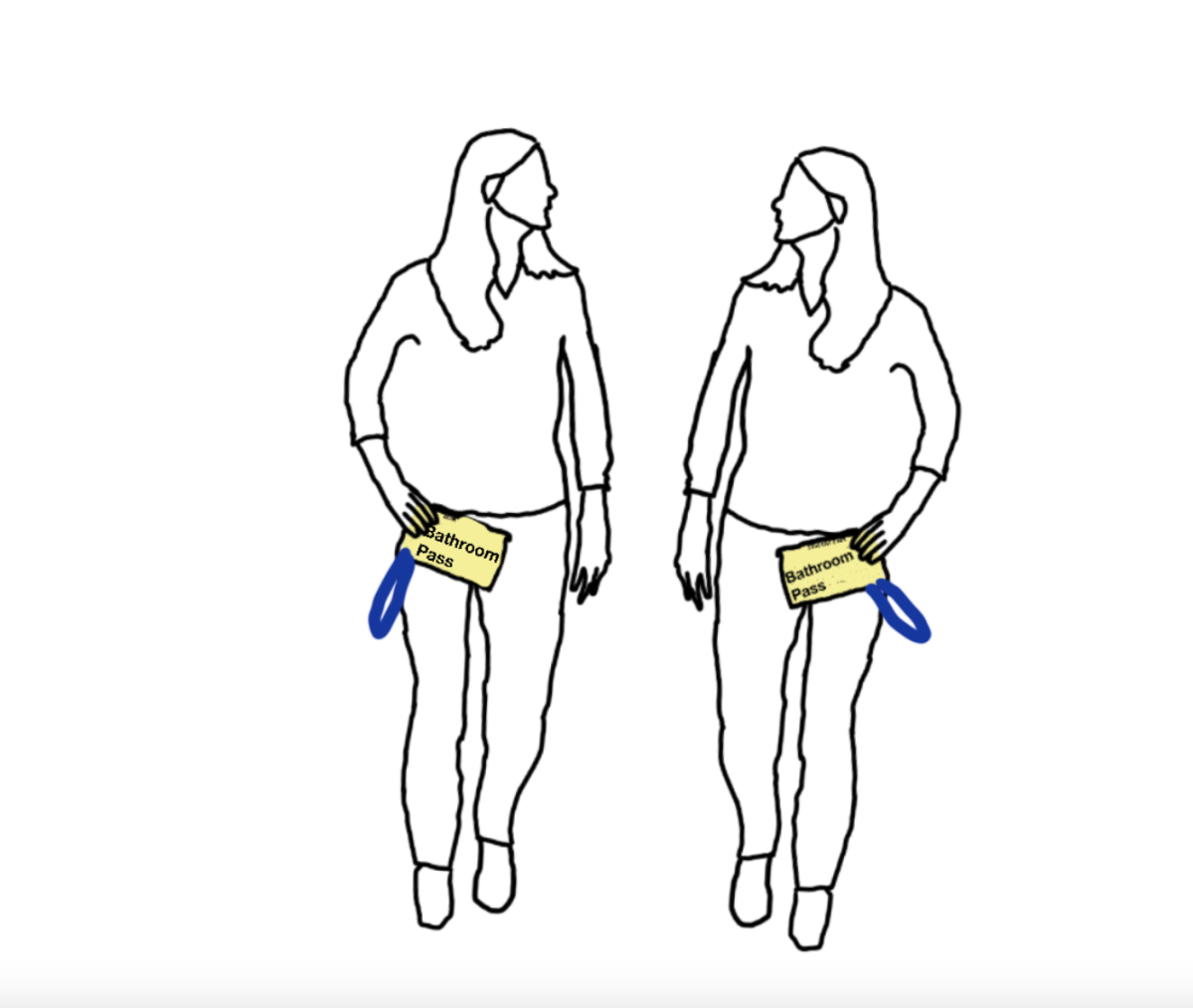
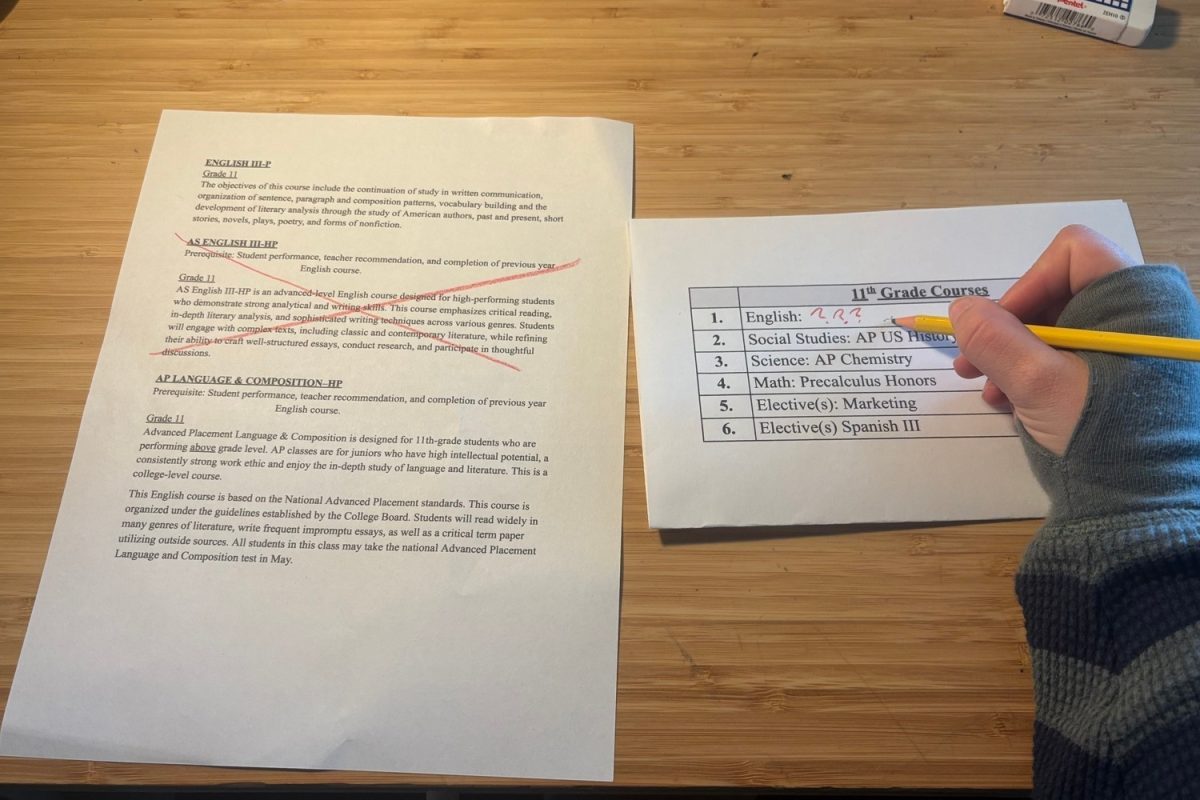
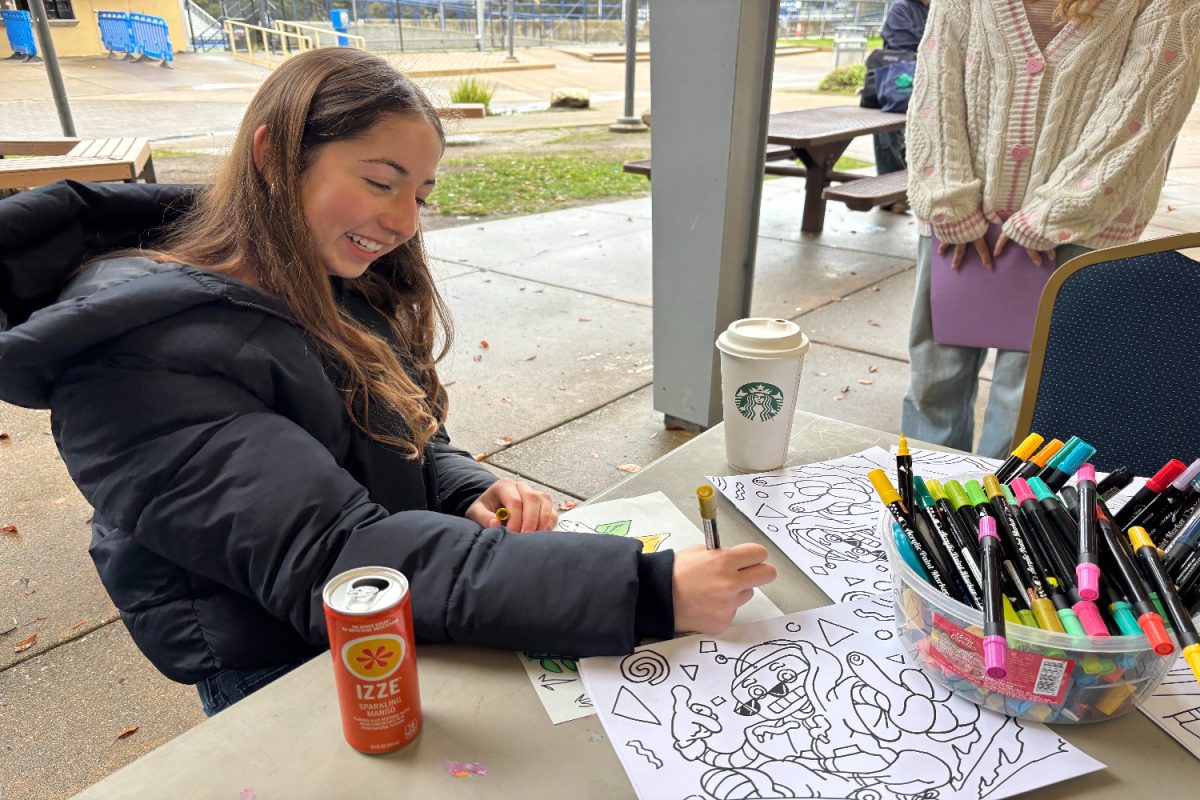
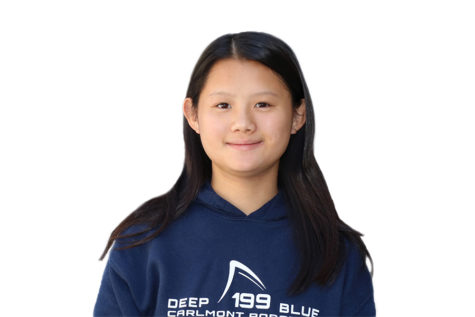
Sheila Ramirez • Dec 12, 2018 at 5:38 pm
Great article on evaluating Teachers. I love the transparency on how Teachers are evaluated.
Very well done.